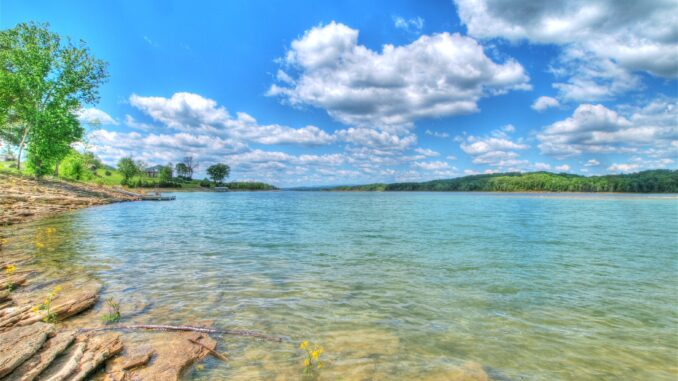
Ever wondered what makes Norris Lake have crystal clear waters?
If you’ve ever been on Norris Lake, you’ve likely noticed something unique—how incredibly clear the water is. Unlike many lakes in Tennessee, Norris Lake lets you see 15 to 20 feet below the surface on a calm day. But what makes it so different?
Here’s what’s working in nature’s favor:
-
Limestone Bedrock: The lake was built in an area surrounded by limestone cliffs. As rainwater and runoff move through the limestone, impurities and minerals are naturally filtered out, giving the lake a cleaner, clearer look.
-
Deep Water = Natural Settling: Some parts of Norris Lake reach over 200 feet in depth. Heavier particles and sediment naturally settle to the bottom, leaving the upper layers of water visibly clear.
-
Forested Shorelines: Unlike other watersheds dominated by farmland, Norris Lake’s surroundings are mostly forested. Trees and natural vegetation slow down runoff, filtering water before it enters the lake.
-
Minimal Agricultural Runoff: Without large-scale agriculture nearby, there’s less risk of fertilizer and soil washing into the water after storms.
-
Strict TVA Oversight: The Tennessee Valley Authority (TVA) manages shoreline development carefully. Before any project begins, it must meet environmental guidelines to minimize erosion and preserve water quality.
-
Flow-Through System: Norris Lake continuously flows, keeping water moving and helping prevent stagnation and algae growth.
So next time you’re out on Norris Lake and spot fish or your own toes 10 feet down, remember: it’s a blend of geology, ecology, and smart management working together.